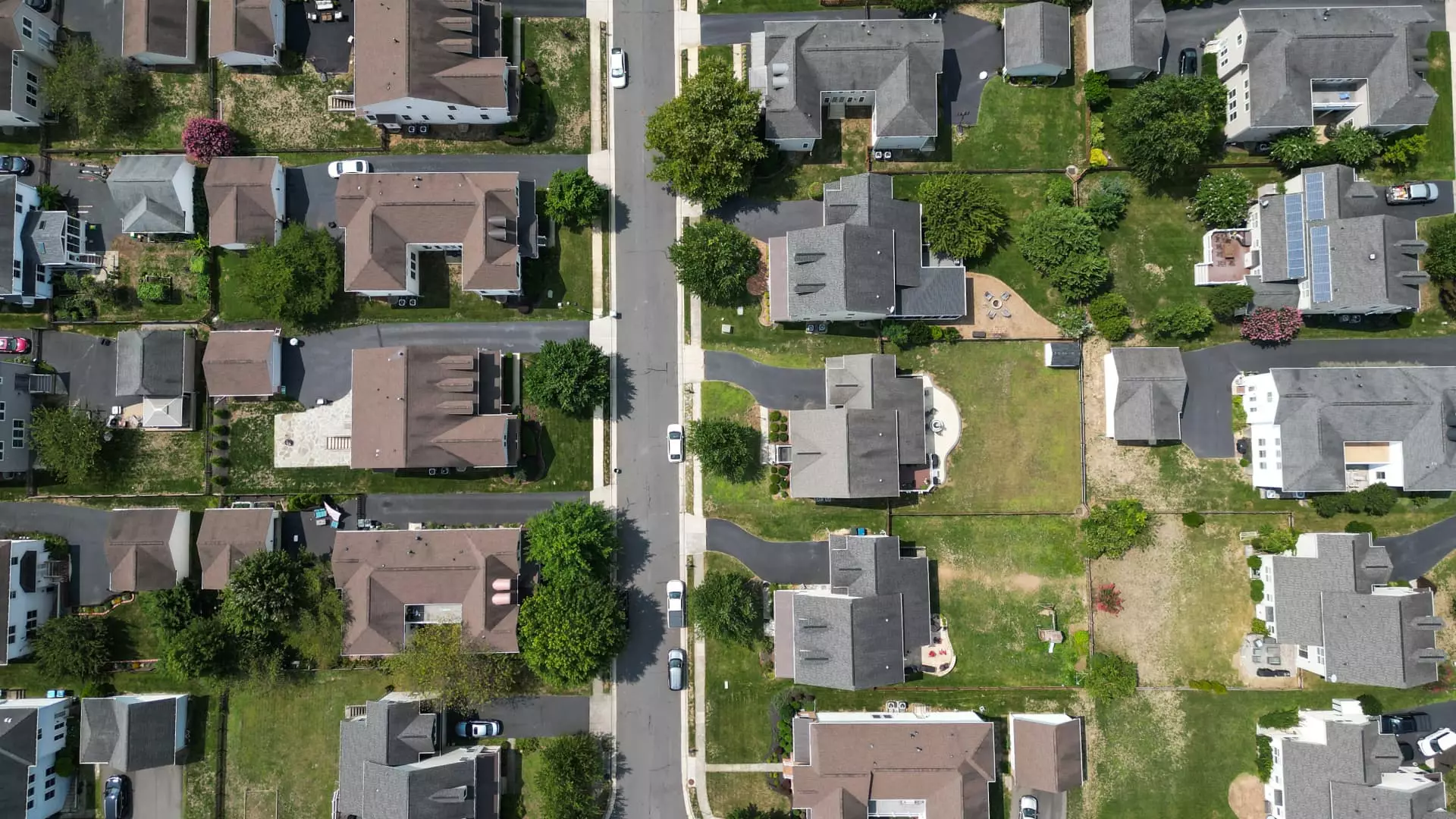Despite recent increases in mortgage rates, consumer appetite for borrowing remains conspicuously stagnant. The modest 0.8% rise in mortgage application volume last week signals a marketplace hesitant to respond to small interest rate shifts. This hesitance exposes a deeper nervousness among potential homebuyers, who seem increasingly wary of the economic landscape shaped by persistent rate hikes and geopolitical uncertainties. While the overall number suggests a marginal uptick, it conceals the underlying reluctance that is stifling robust housing activity, particularly in a market that has yet to recover from previous rate-induced stagnation.
Mortgage rates, inching closer to 6.84% for 30-year fixed loans, seem to be acting more as psychological barriers rather than purely economic constraints. The minimal change in points from previous weeks indicates that lenders are not incentivized to lower borrowing costs, perhaps due to broader financial market volatility or looming policy adjustments. This small rate increase is enough to dampen refinancing activities, which fell by 3%, even as purchase applications surprisingly rose by 3%. Yet, these gains are superficial in the broader context, especially considering the sharp decline in the average loan amount from a peak of $460,000 to $427,000 — a clear sign of shrinking borrower confidence and affordability concerns.
Market Sentiment Driven by Political and Economic Uncertainty
The recent pattern of market reactions highlights a fragile equilibrium in the financial system, oscillating between optimism and trepidation. The slight decline in mortgage rates early this week hints at nerves within the bond markets, exacerbated by uncertainties surrounding Federal Reserve leadership and policy trajectory. Treasury Secretary Scott Bessent’s comments about possible changes in Fed leadership ignited market volatility, revealing how intertwined political stability and economic confidence truly are.
The bond yields’ fluctuation, influenced by speculation over Jerome Powell’s tenure, underscores an underlying anxiety that could translate into tighter credit conditions. Policymakers must recognize that these market jitters are not mere noise but symptomatic of a delicate confidence that can easily unravel if political uncertainties persist. This scenario could entrench a cycle where high borrowing costs hinder consumer spending and homeownership, further cooling an already tepid housing market—a self-fulfilling prophecy that risks dampening economic growth at a critical juncture.
By anchoring their policies amidst these uncertain skies, policymakers should consider that a delicate balance exists: overly aggressive rate hikes risk collapsing the fragile purchasing power of many Americans, whereas complacency could ignite inflationary pressures. The current data reflects an economy in flux—frustrated consumers, cautious lenders, and a political environment that can swiftly tip the scales toward downturn if mishandled. The realities on the ground demand careful navigation rather than reactive measures, and complacency is no longer an option for those tasked with steering economic stability.


Leave a Reply